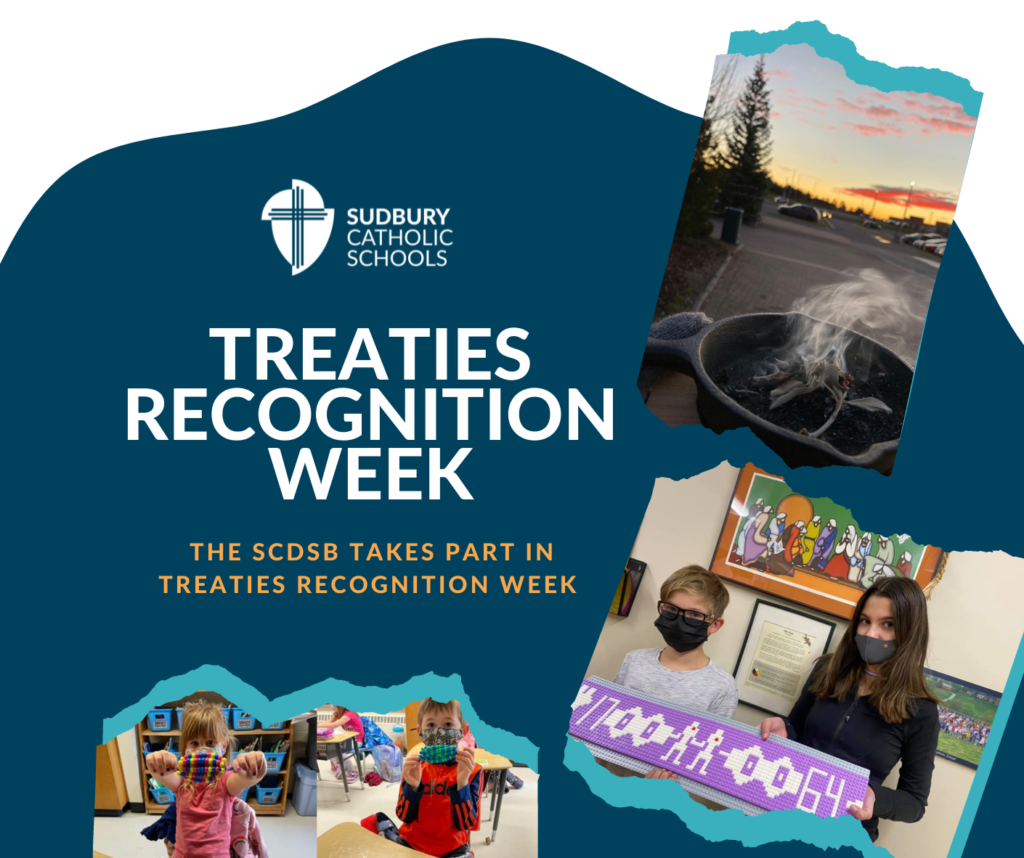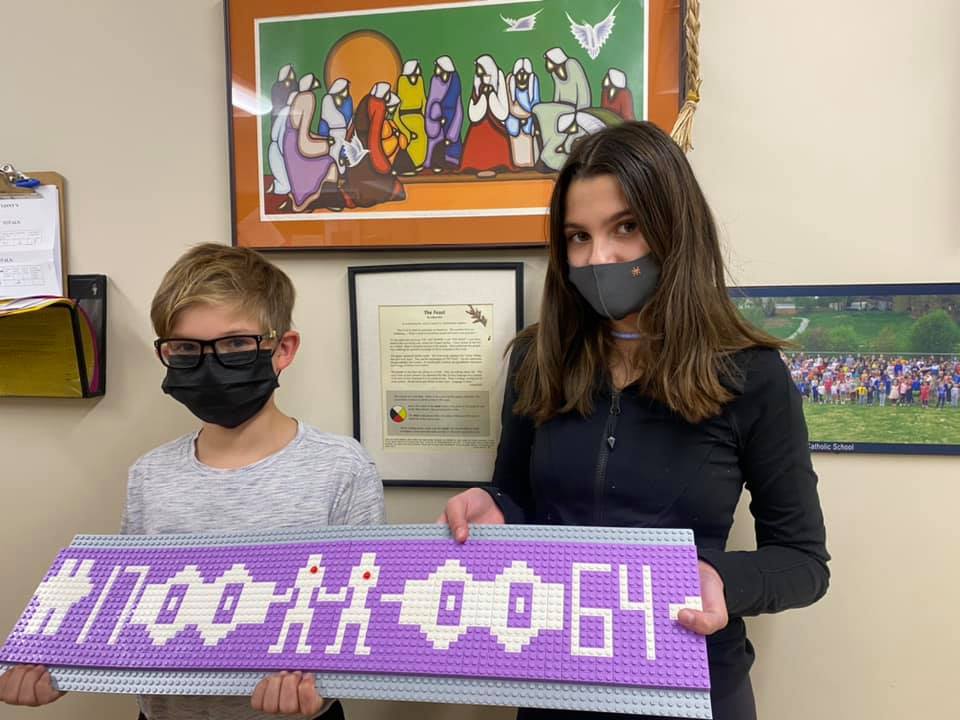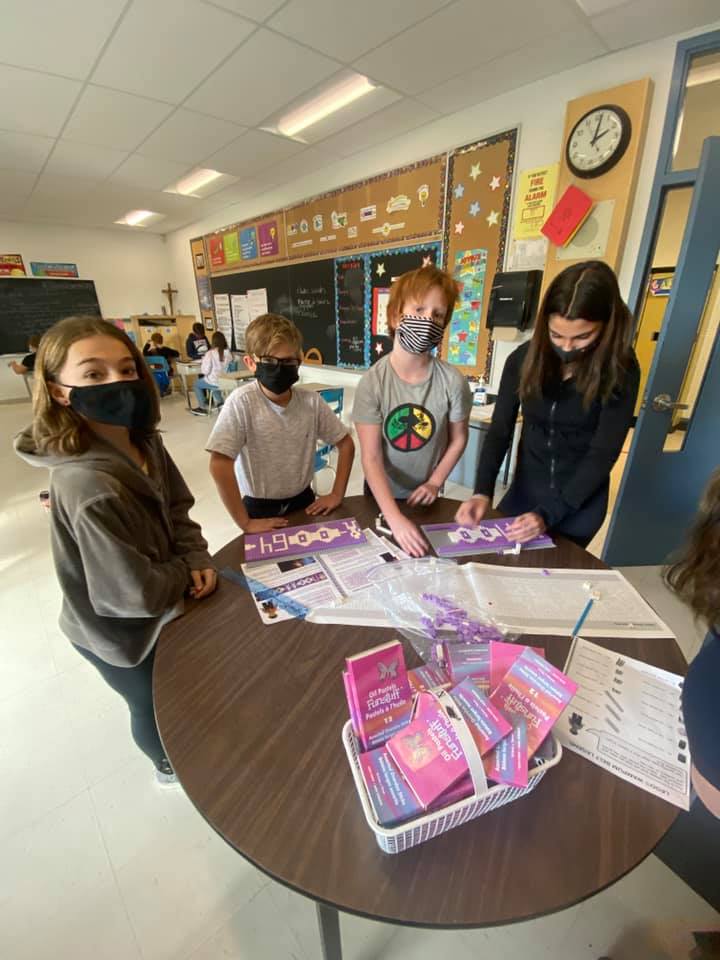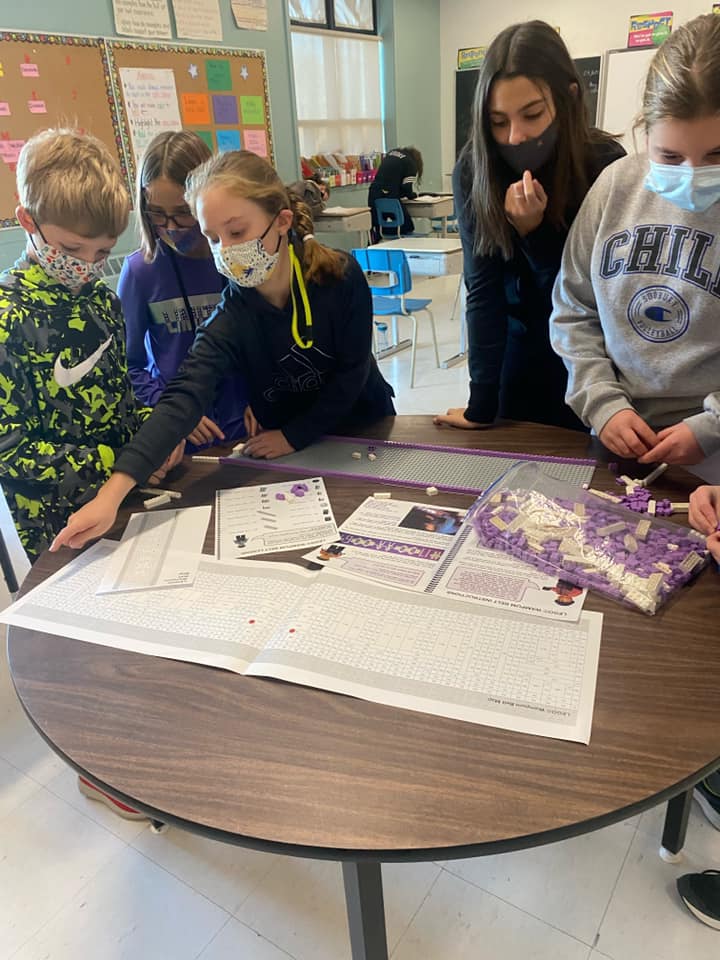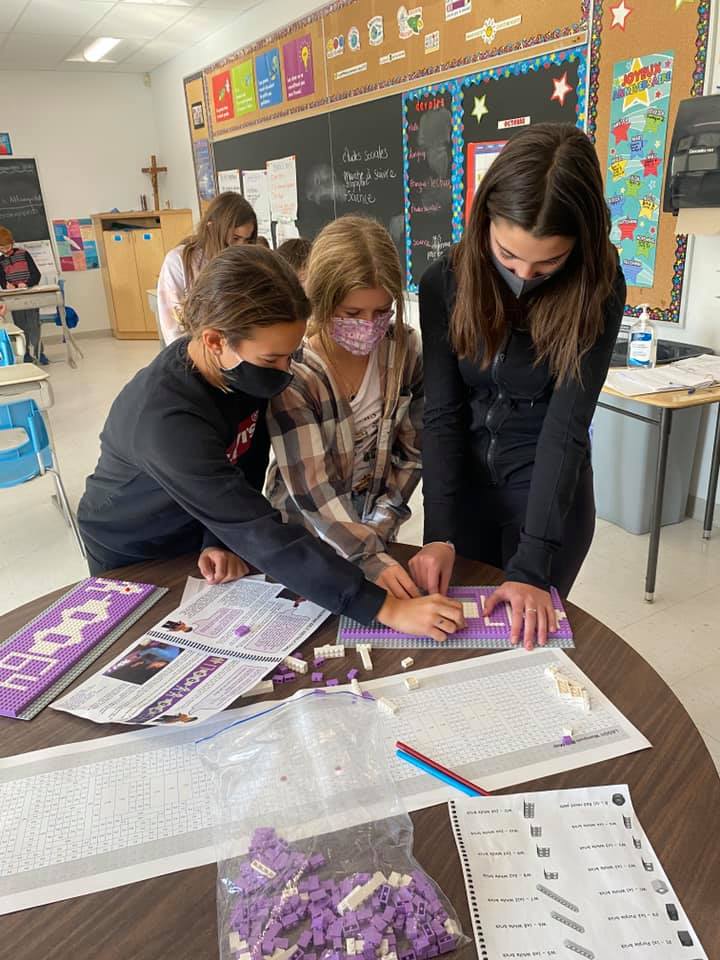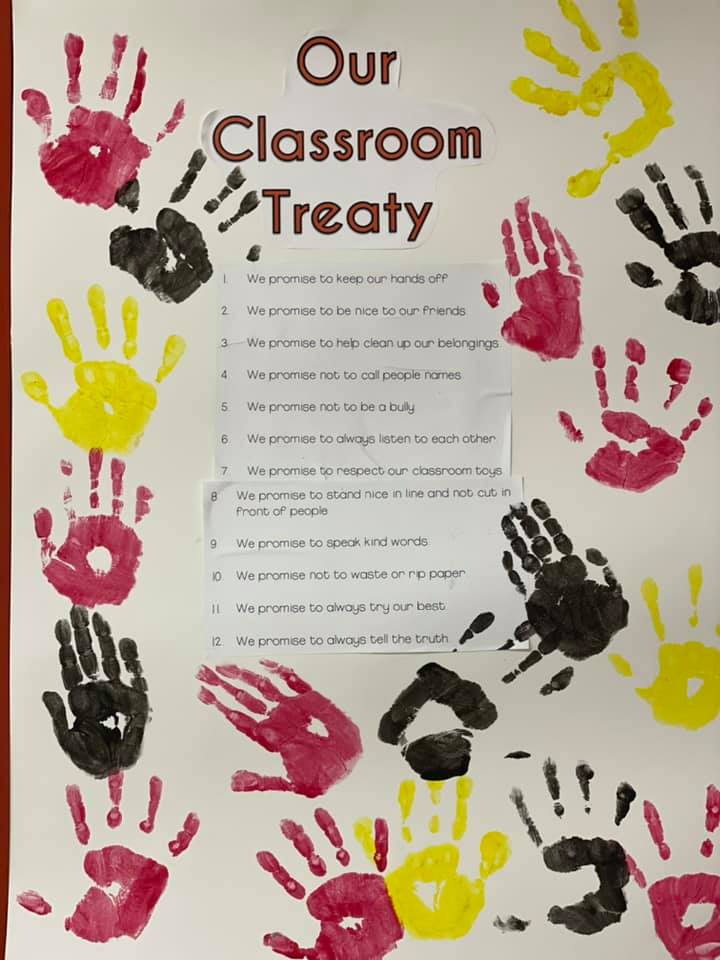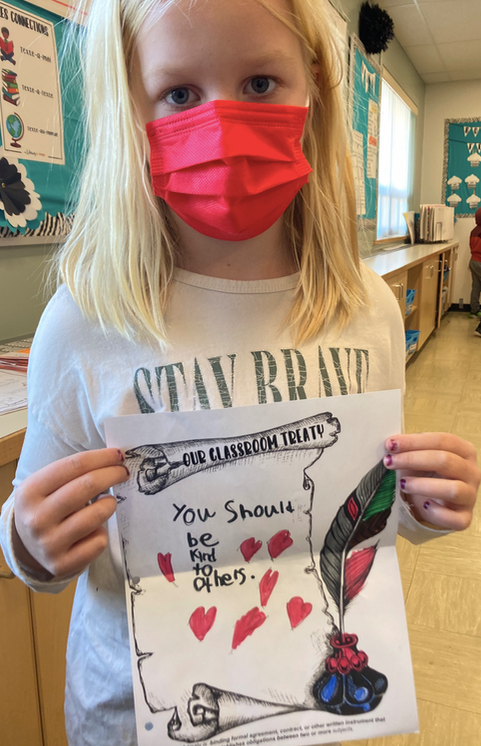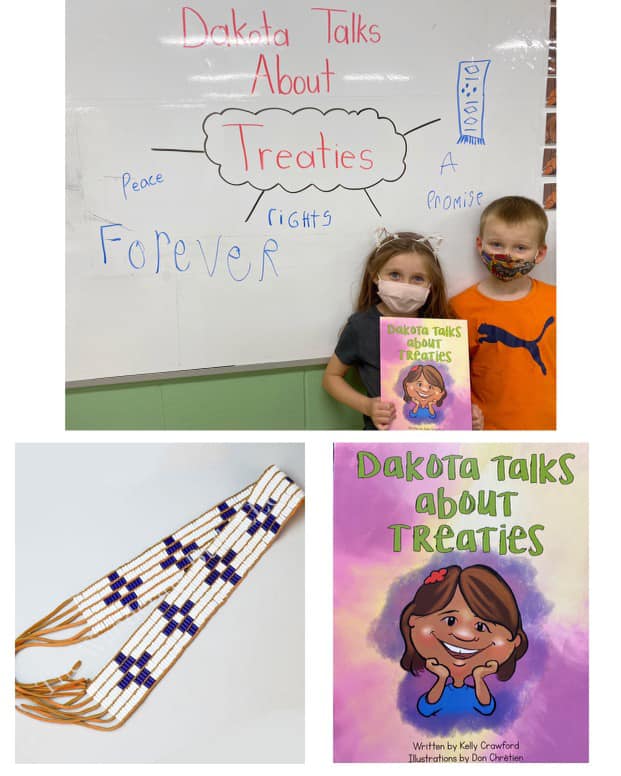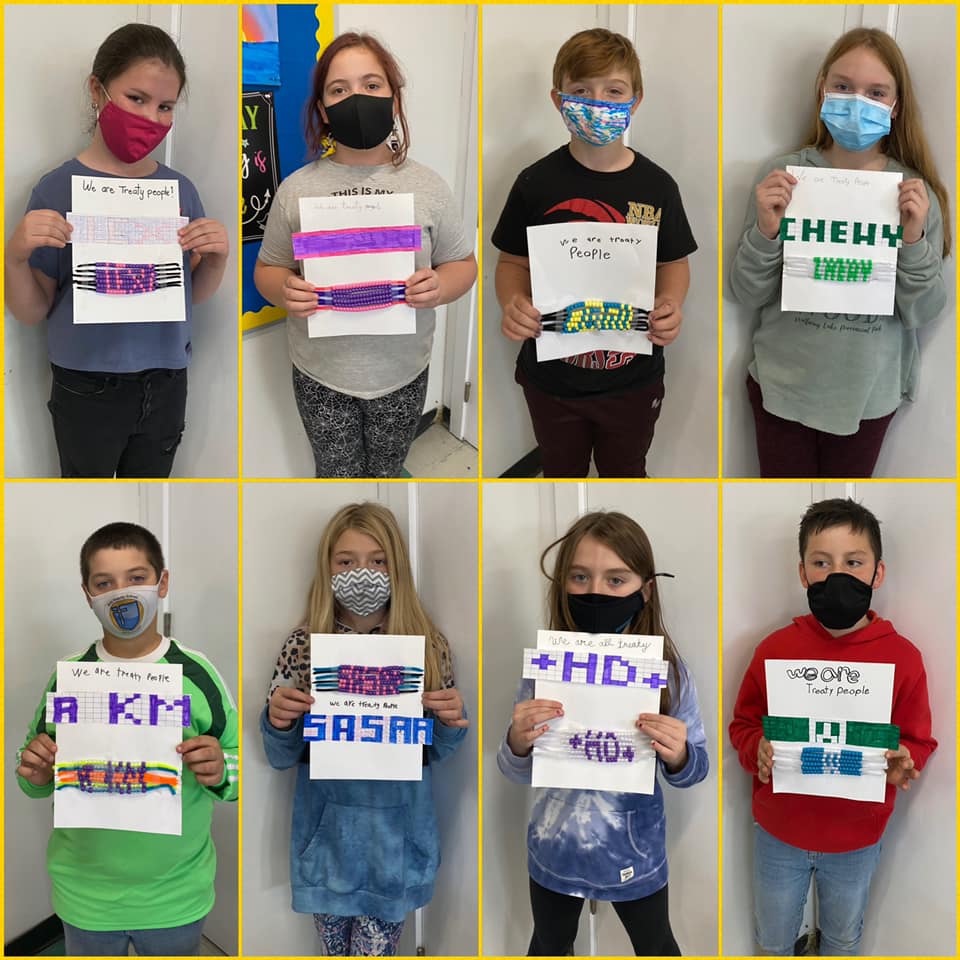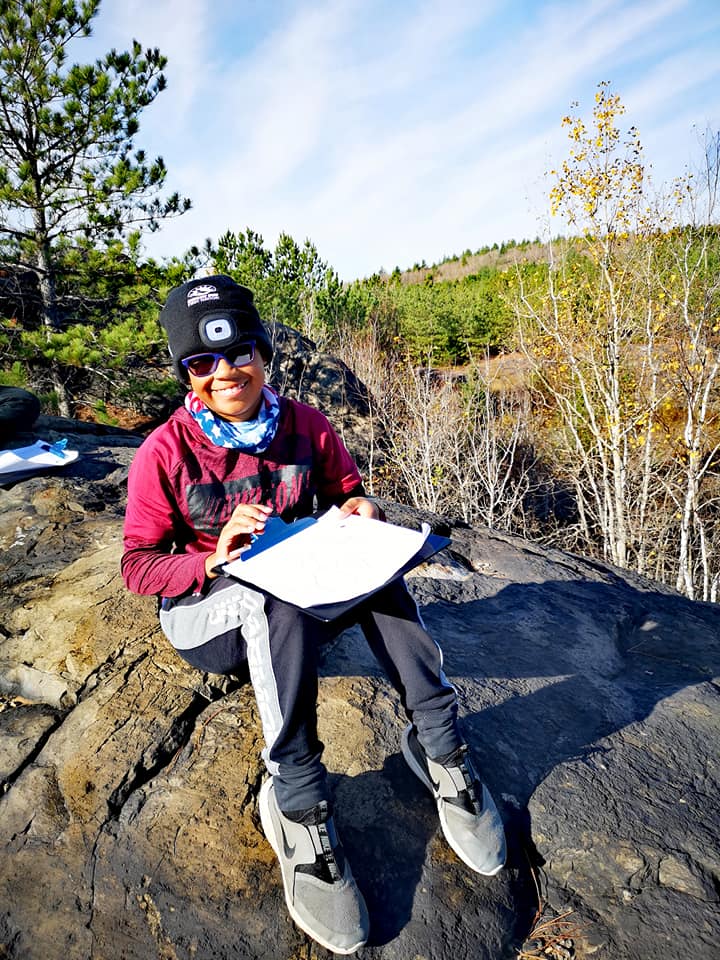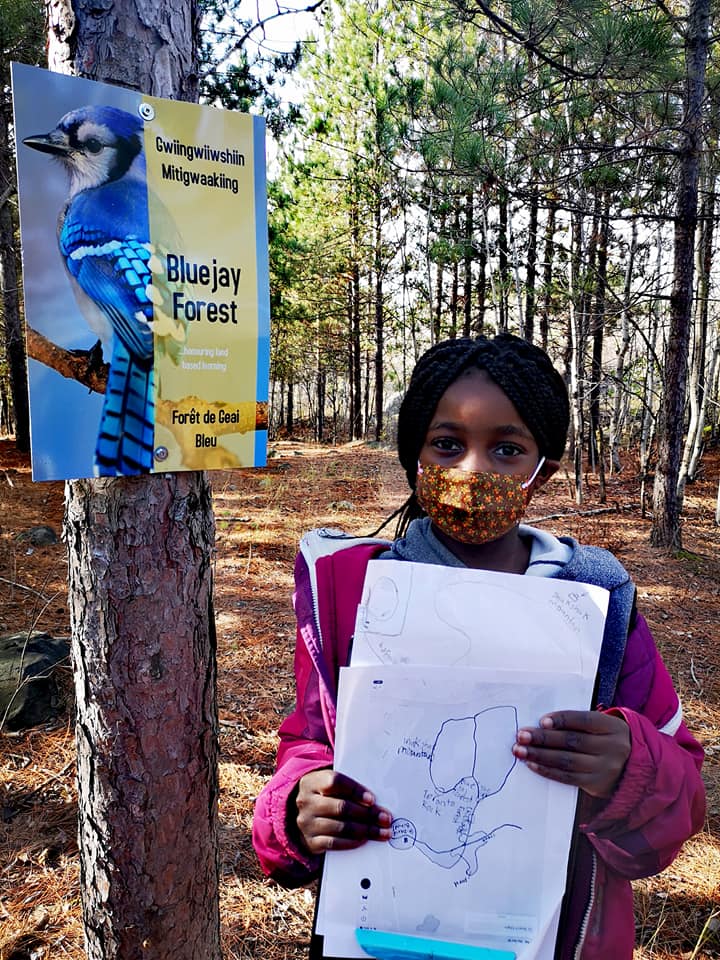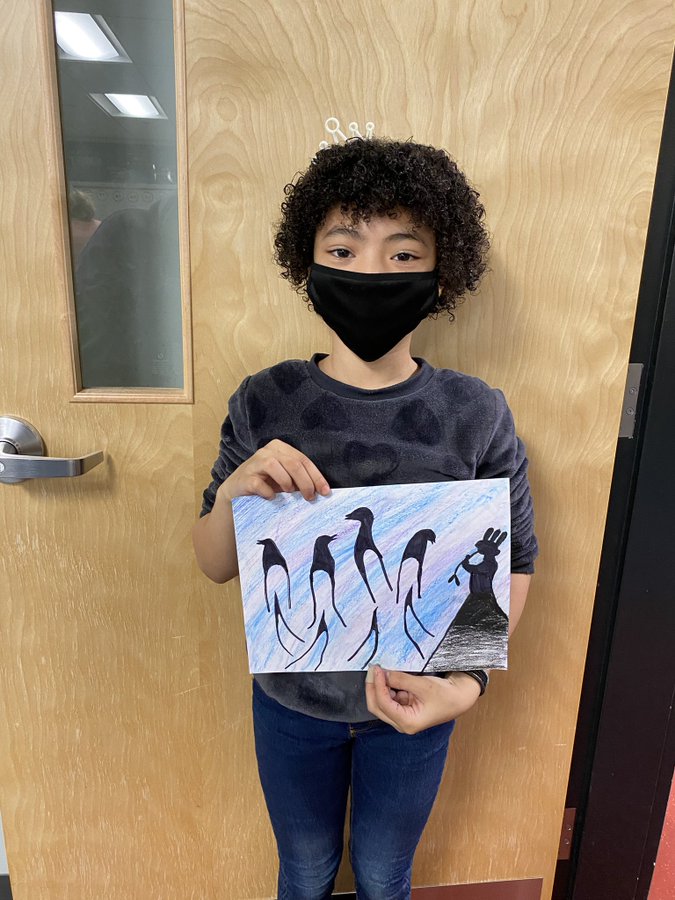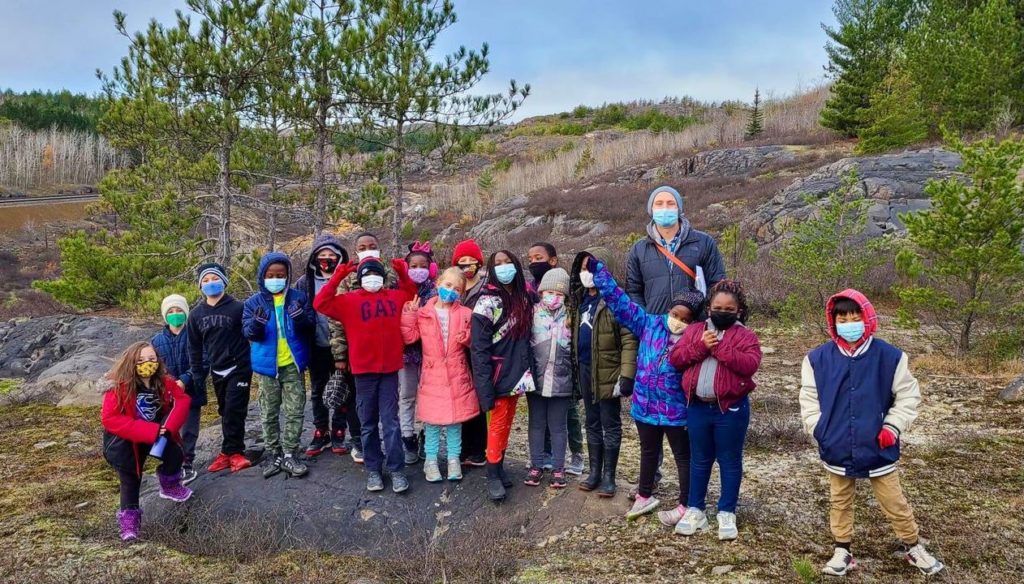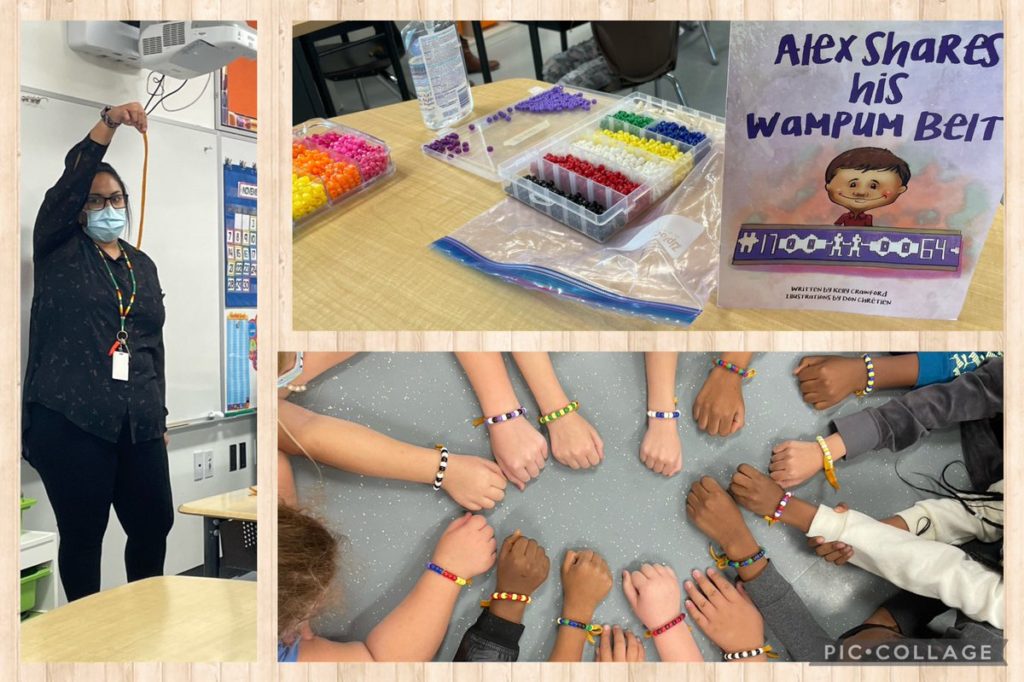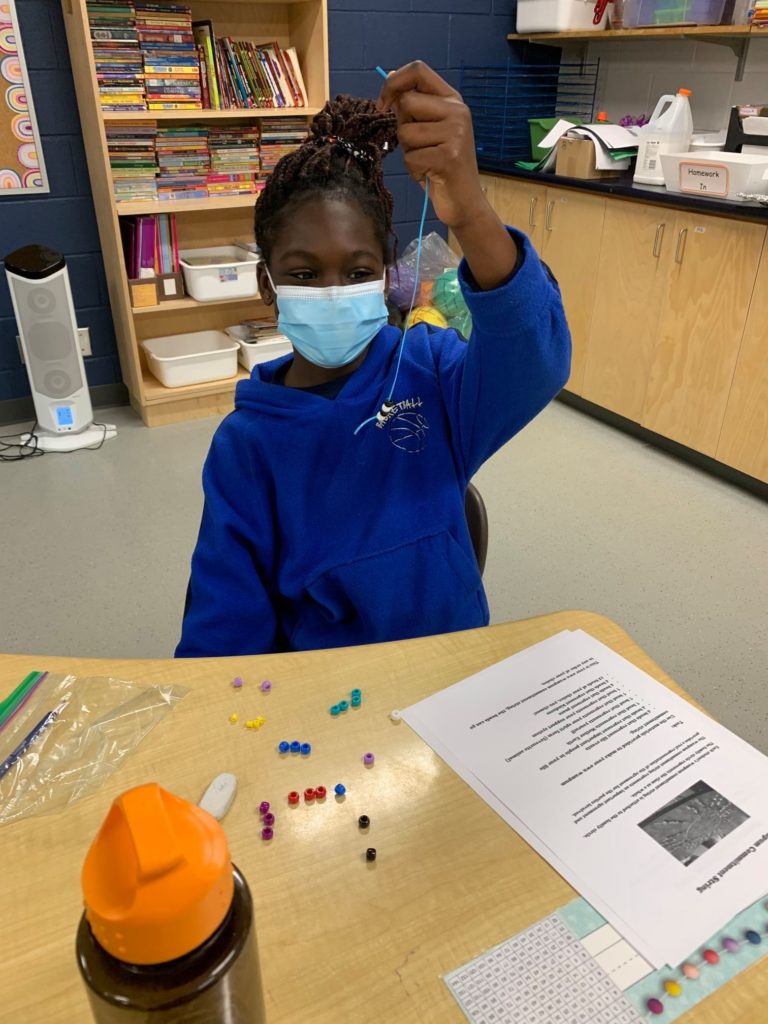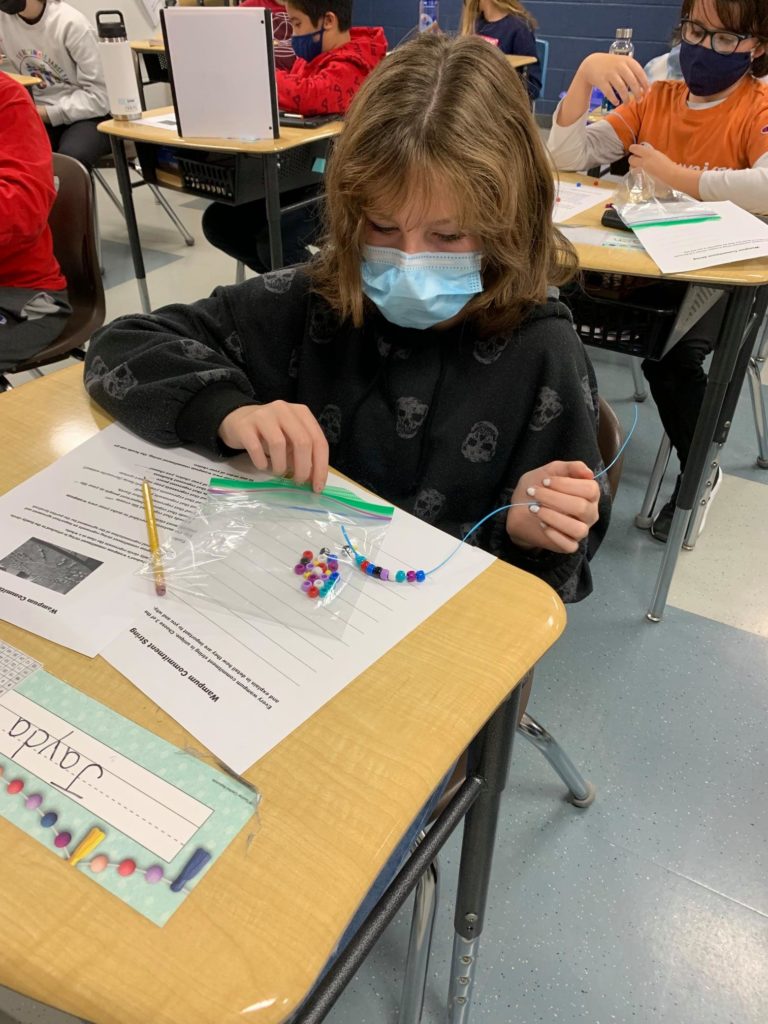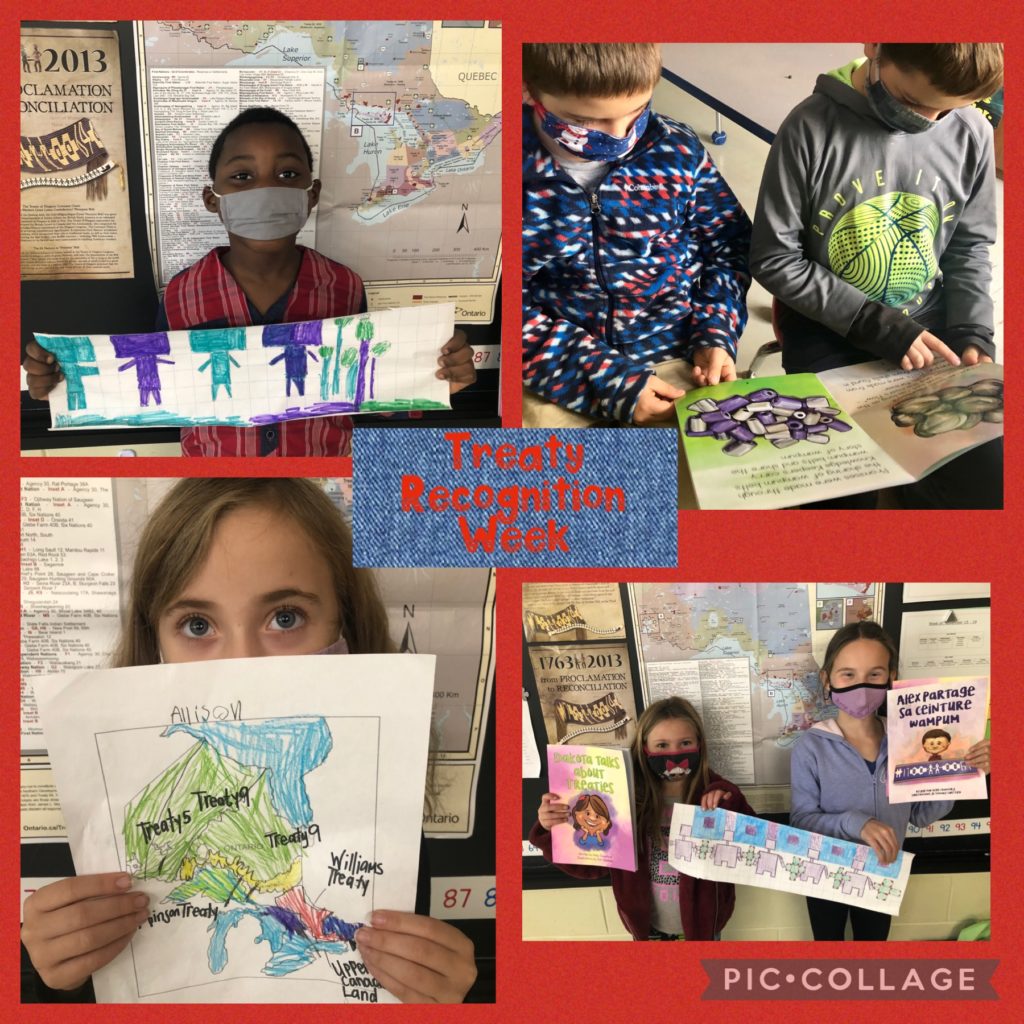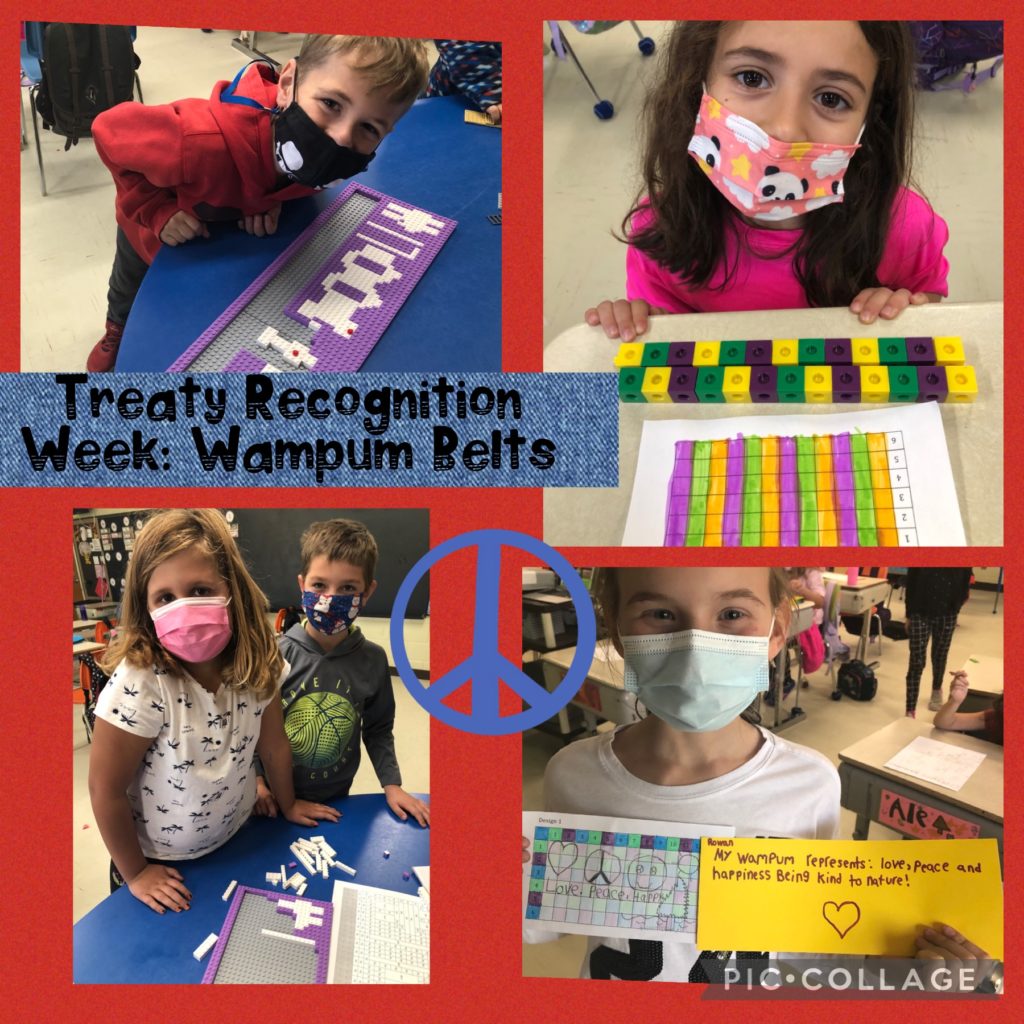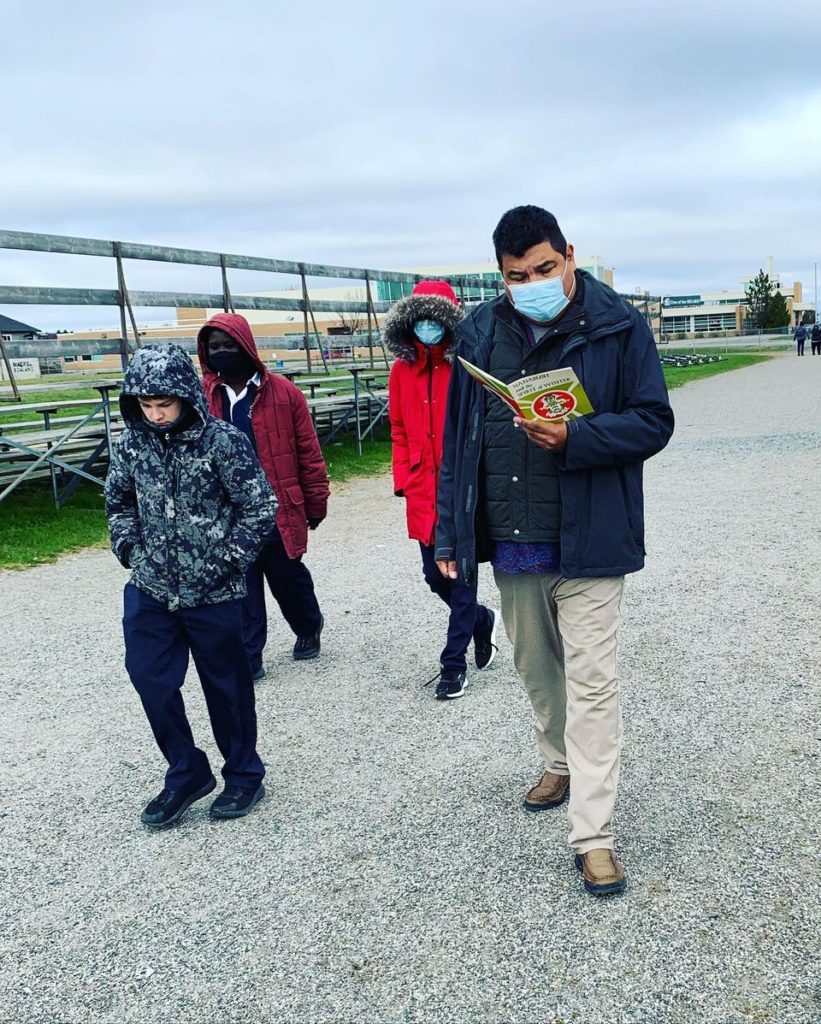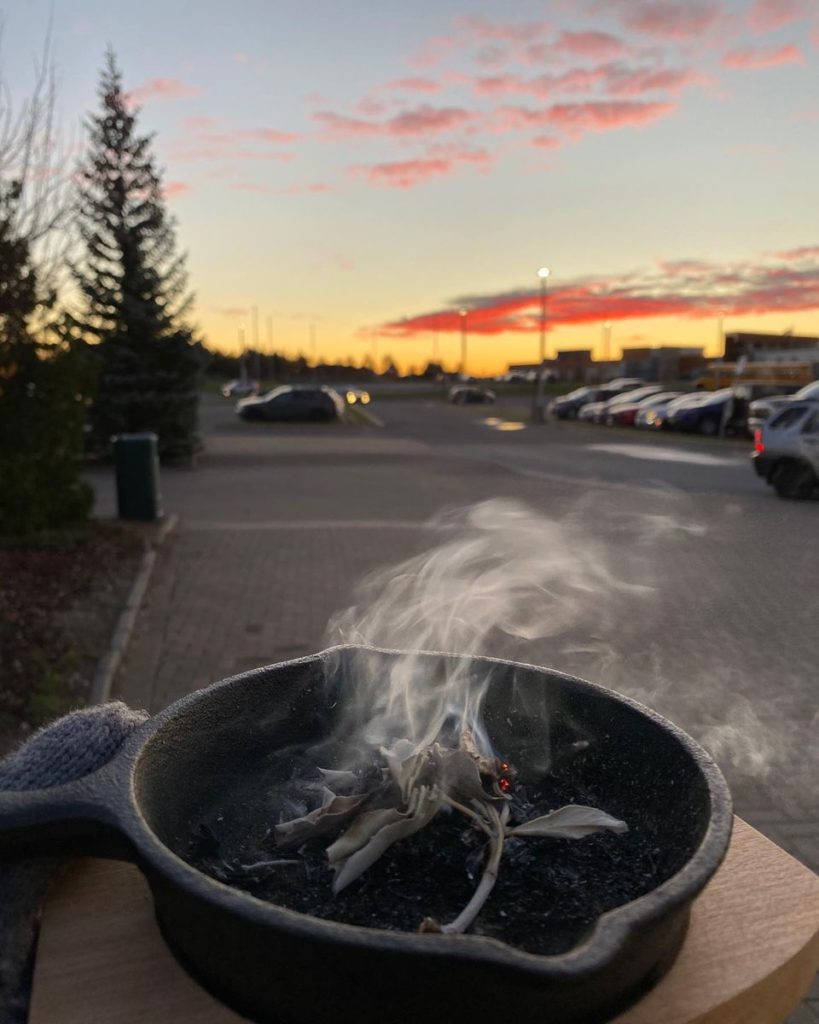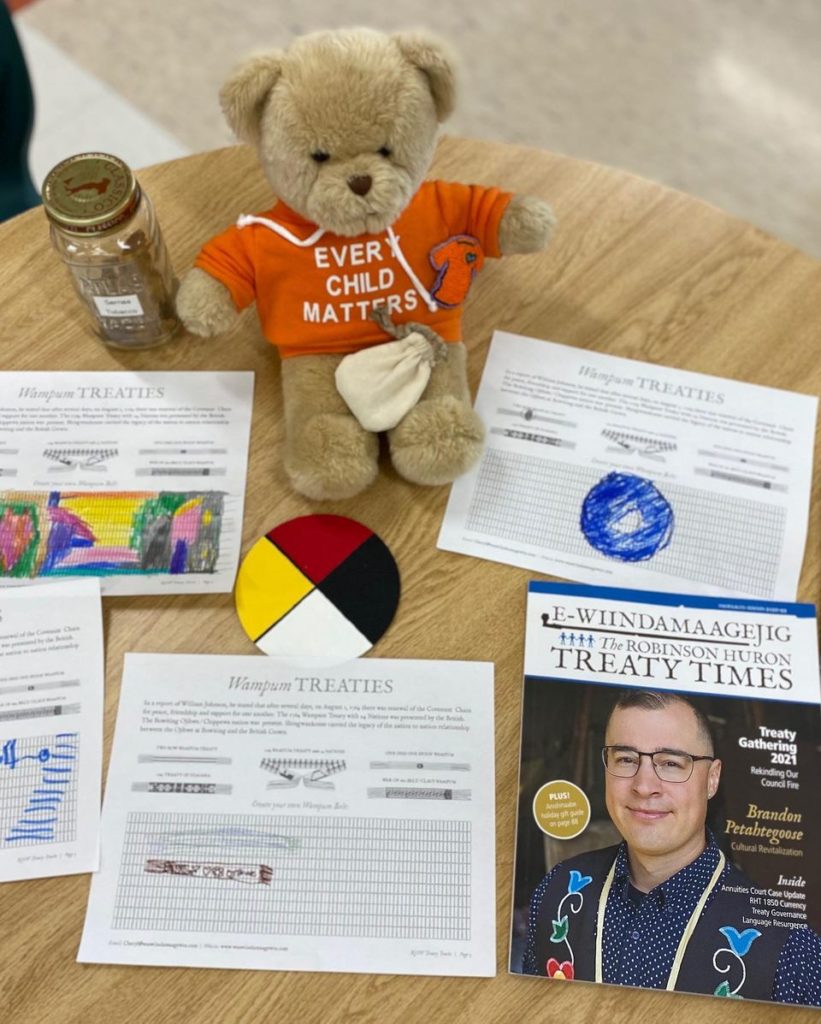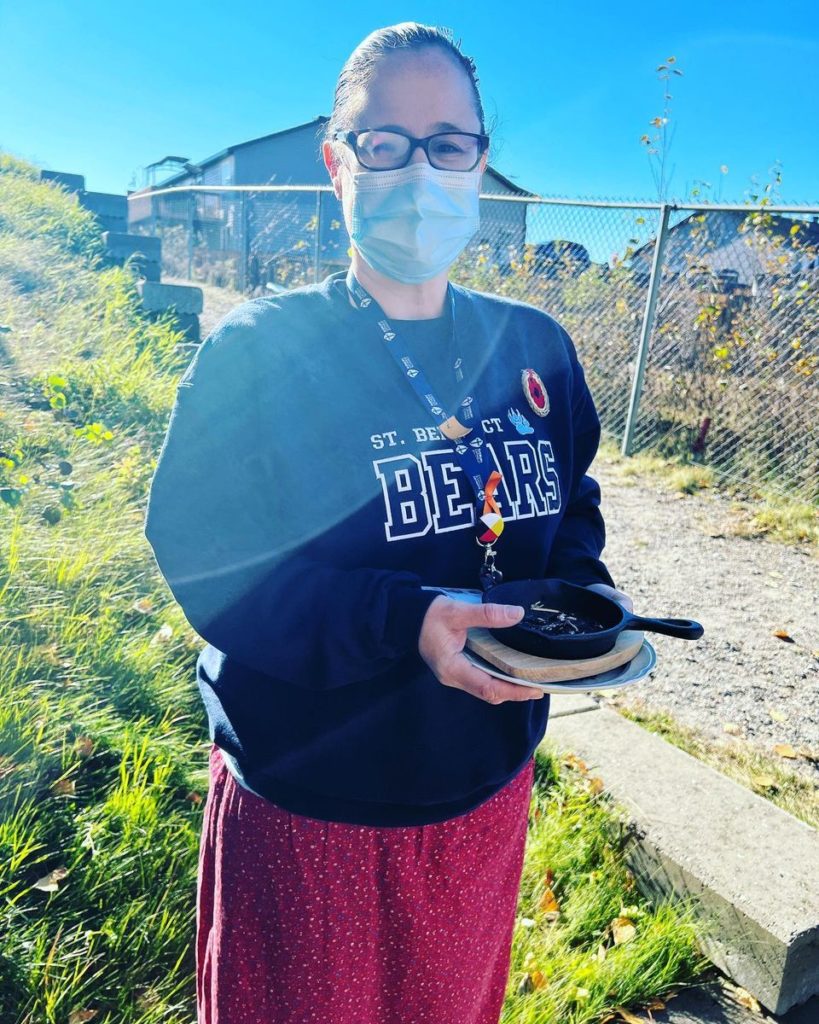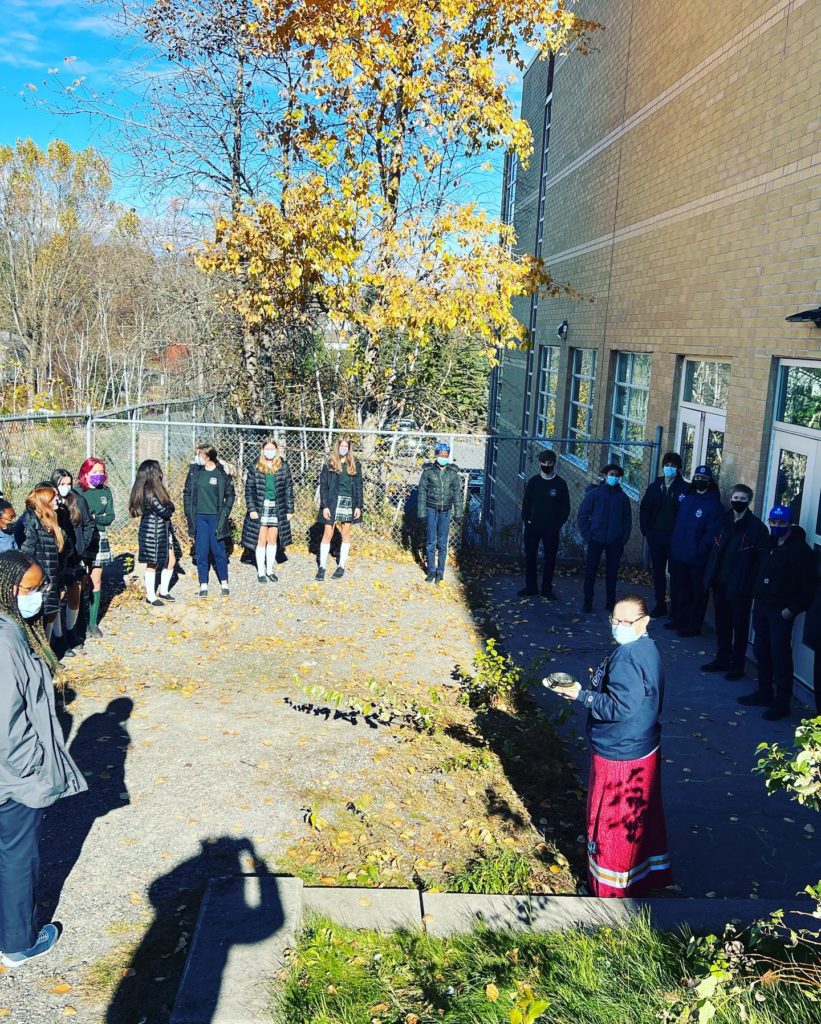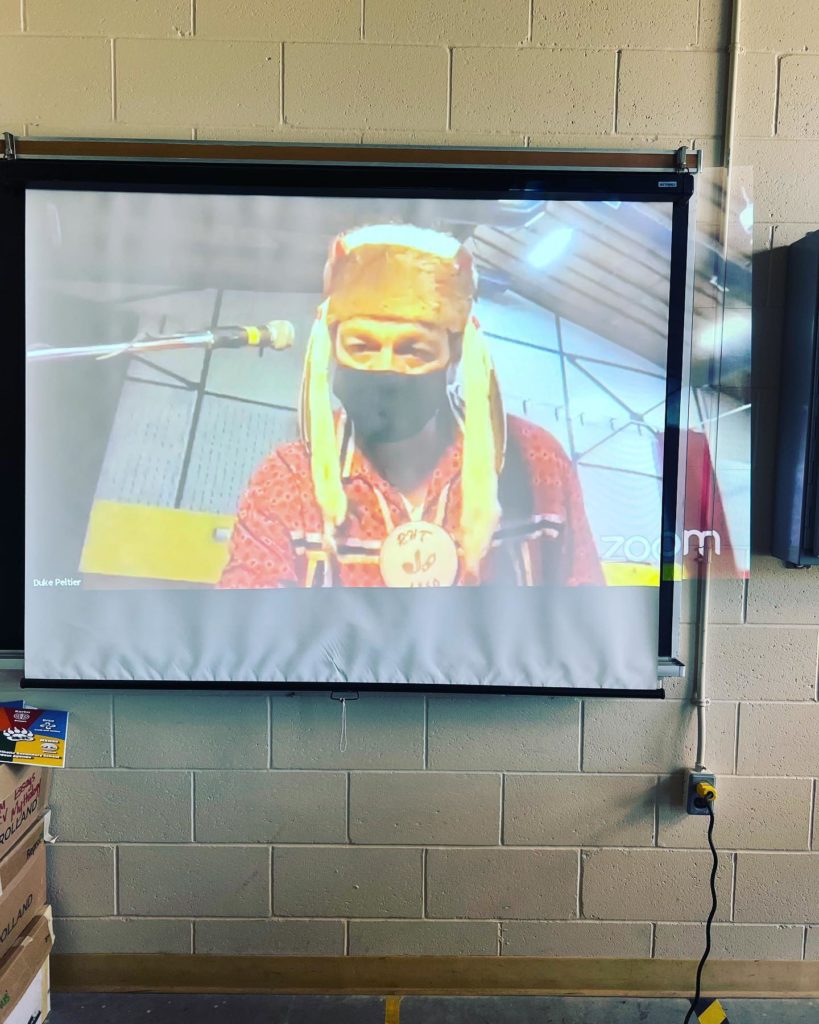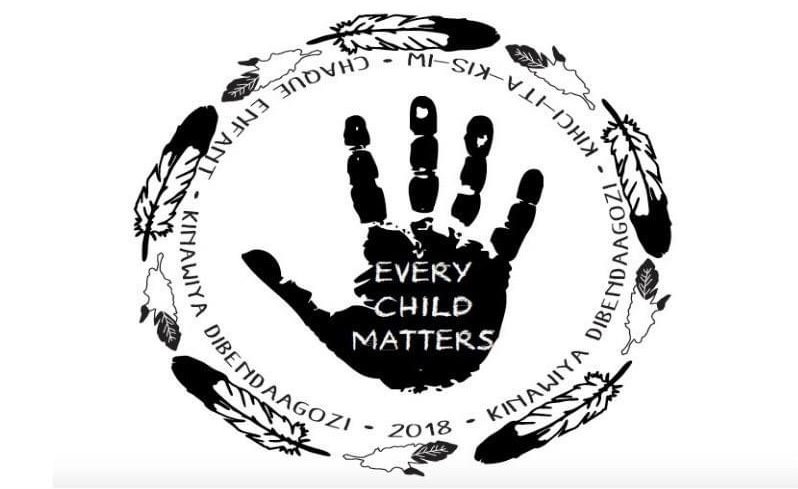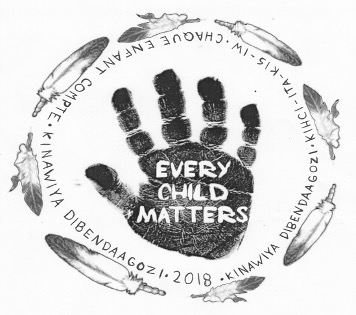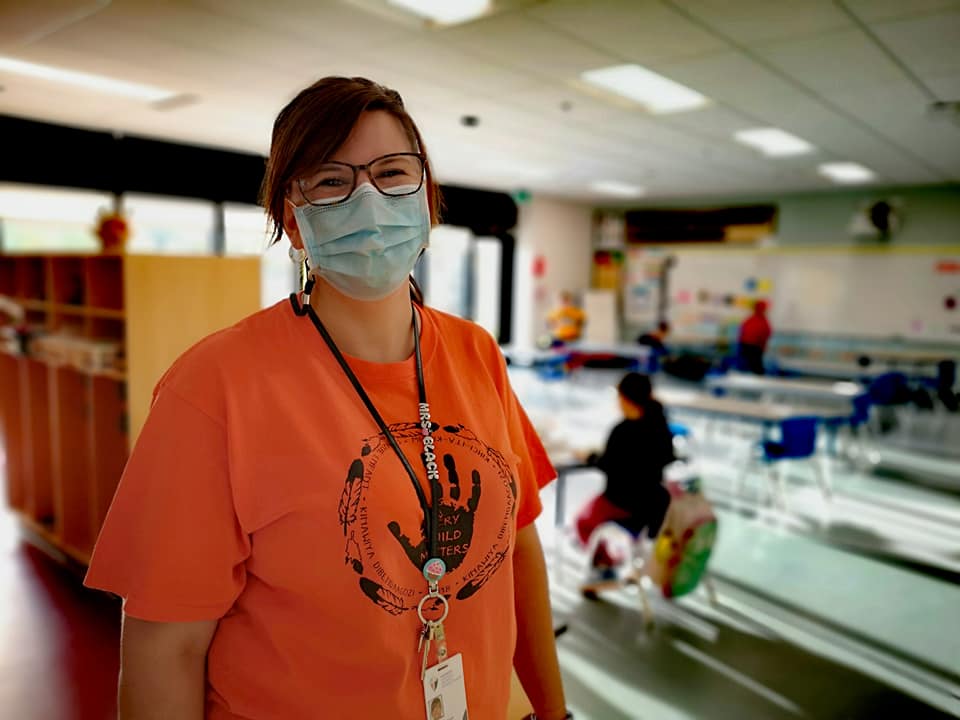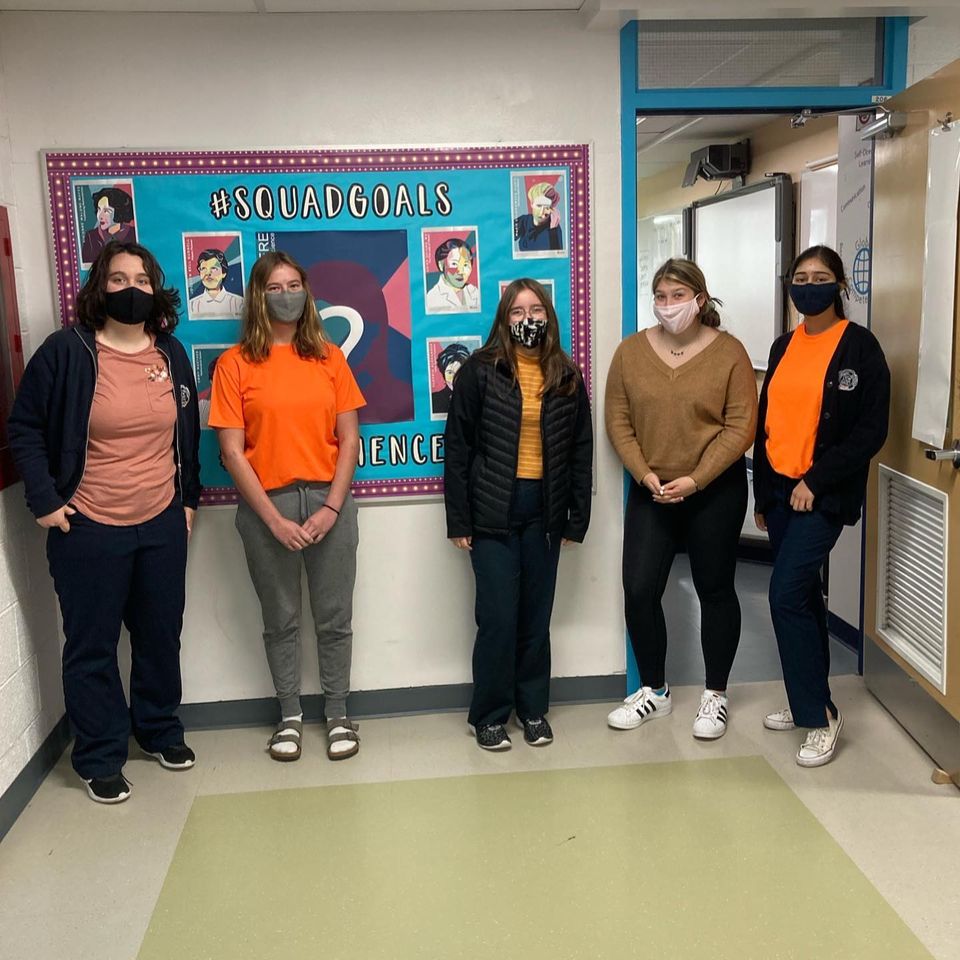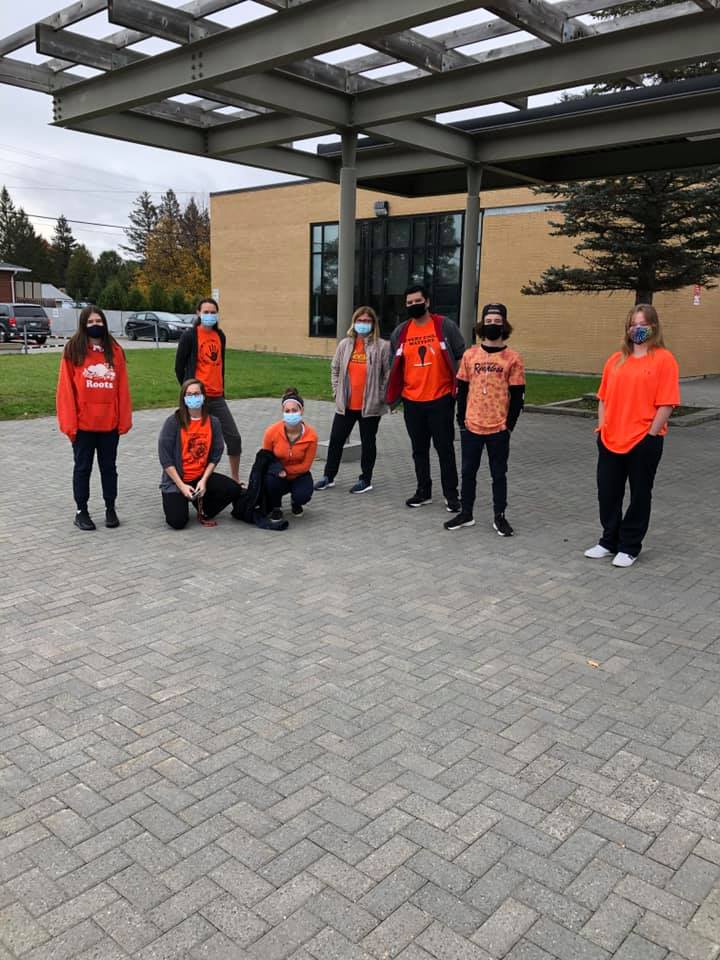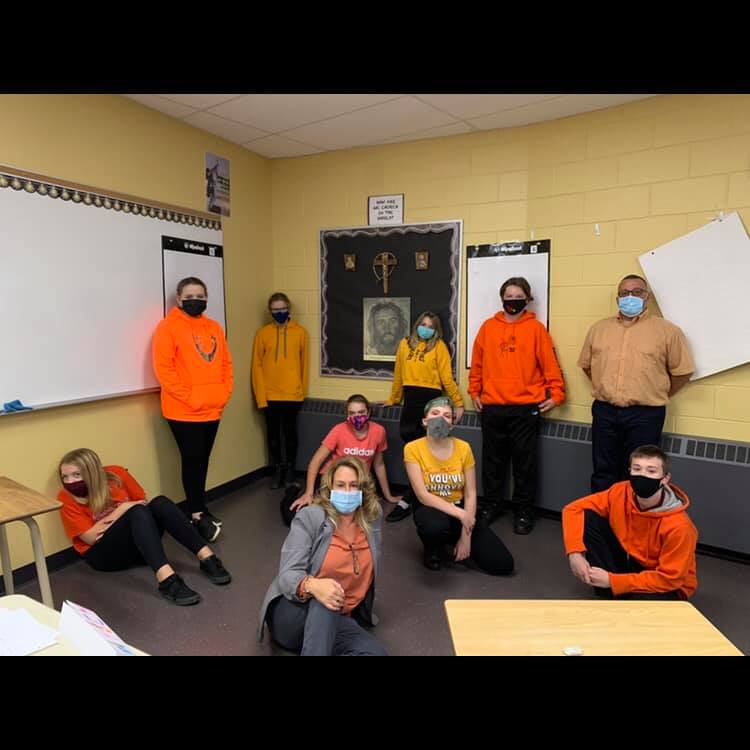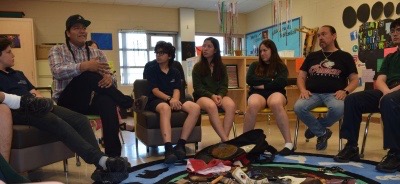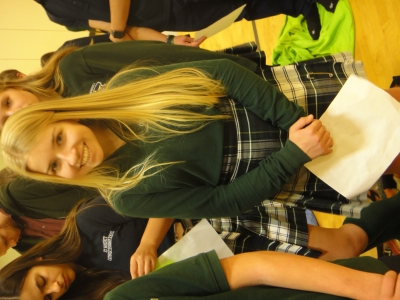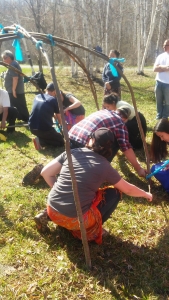The students and staff at St. Benedict will walk for water in their upcoming Water Walk on Thursday, May 5th. This event will run all day and will commence at the school and continue onto the water pump station near Countryside Sports Complex.
As part of the day, students from every grade will take time to Walk for Water and elementary students from Holy Cross will be joining in on the walk in the afternoon.
In addition to the water walk, there will also be a WaterLution “Water Speaks” art exhibit in the school building all day to enhance student learning further. This event was organized on behalf of the Diversity Club of St. Benedict Catholic School with the help, guidance, and support from Indigenous Support Lead, Shannon Agowissa.
“We are looking forward to bringing our student and staff together and shining a light on the continued need for clean water in our communities. We are truly proud of the efforts of our Diversity Club and Shannon Agowissa, as they work together to deepen their understanding of issues by planning events such as this Water Walk and put their learning in action.” – St. Benedict Principal, Laura Kuzenko
On May 5th, it is also an awareness day for Missing and Murdered Indigenous Women, Girls and Two Spirit People. In the MMIWG2S Final Report we note the Call for Justice:
“Calls for Educators:
11.1 We call upon all elementary, secondary, and post-secondary institutions and education authorities to educate and provide awareness to the public about missing and murdered. Indigenous women, girls, and 2SLGBTQQIA people, and about the issues and root causes of violence they experience. All curriculum development and programming should be done in partnership with Indigenous Peoples, especially Indigenous women, girls, and 2SLGBTQQIA people. Such education and awareness must include historical and current truths about the genocide against Indigenous Peoples through state laws,policies, and colonial practices. It should include, but not be limited to, teaching Indigenous history, law, and practices from Indigenous perspectives and the use of Their Voices Will Guide Us with children and youth.”
In honour of those Loved Ones Stolen, St. Benedict plans to play their part by joining Indigenous Women and their traditional roles of protecting the Water. On page 29 of Their Voices Will Guide Us, St. Benedict began foundational teaching of Indigenous Women’s roles, and specifically in protecting and speaking for the water and this event will allow them to continue this learning with action.
The Water Walk will shine a light on the continued need for clean water in our communities and to celebrate the unpolluted, fresh water left in our community while supporting the Indigenous Peoples of the area in the ceremony.

